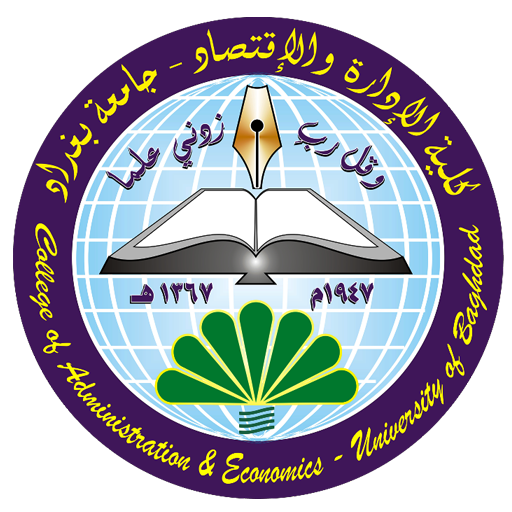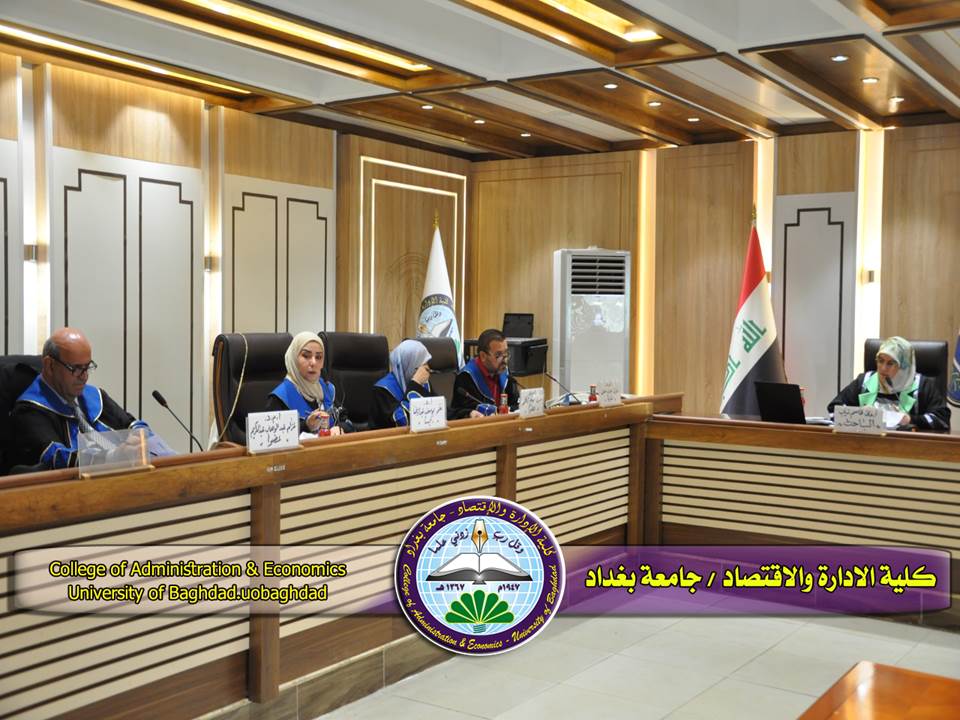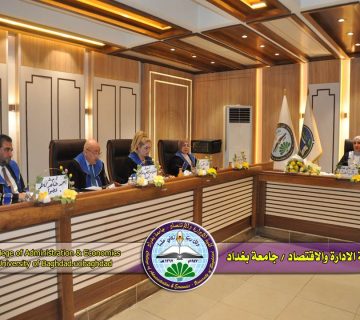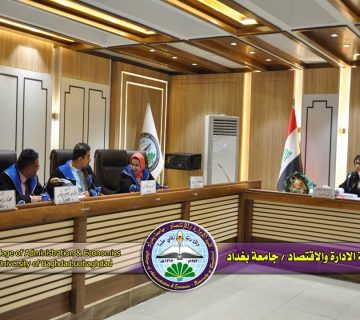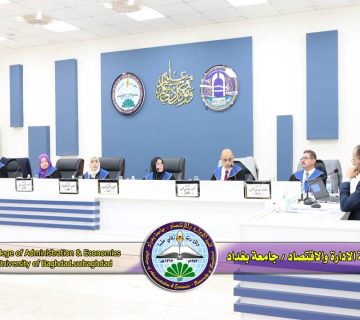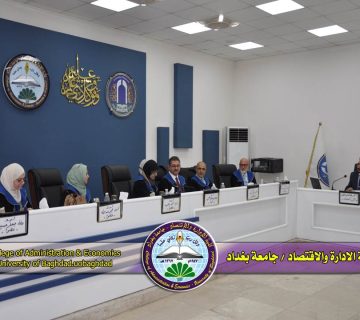The College of Administration and Economics at the University of Baghdad discussed , a master’s thesis in field of Industrial Management by the student ( Arwa Qasim Dhyab ) and tagged with (analysis and evaluation of sustainable manufacturing practices a case study) , Under supervision of (Asst. Prof. Dr. Harith Yarub Maan )
This research aims to explore the feasibility of implementing sustainable manufacturing practices within the Iraqi industrial environment in general, and specifically in the cement industry. It seeks to identify specific indicators for each dimension of sustainable manufacturing in order to determine the gap between the actual practices of sustainable manufacturing at the Iraqi State Company for Cement Industry – Kufa Plant – and the requirements of sustainable manufacturing.
The study uses the Fuzzy Analytic Hierarchy Process (FAHP) to determine the relative importance of each dimension, and the Multi-Criteria Conjunctive Ranking Method to identify the most effective drivers for improving the company’s performance, as well as the major obstacles hindering the company from achieving its objectives.
The research stems from the problems faced by cement industry plants, most notably the high level of environmental pollution resulting from the manufacturing process, the social impact on the quality of life of individuals both inside and outside the company, and the economic dimension—being the fundamental basis for reconstruction and building efforts in the country.
The study determines the extent of application for each of the three dimensions—economic, environmental, and social—and identifies key indicators for each, while analyzing how to address the imbalances between them by identifying drivers and barriers that could be leveraged to achieve truly sustainable manufacturing.
A case study methodology was adopted, including personal interviews, field observations, and the use of checklists to obtain scientific facts and conduct a realistic, comprehensive analysis.
The results showed that the economic dimension had the highest weight (0.58369), followed by the environmental dimension (0.222), and finally the social dimension (0.1958). The most important drivers contributing to achieving the company’s objectives are process automation and effective leadership. On the other hand, the main obstacles are failure to prioritize lean manufacturing tools and practices and lack of knowledge about the concept of sustainability. Neglecting these two barriers significantly limits the company’s ability to meet its goals.

